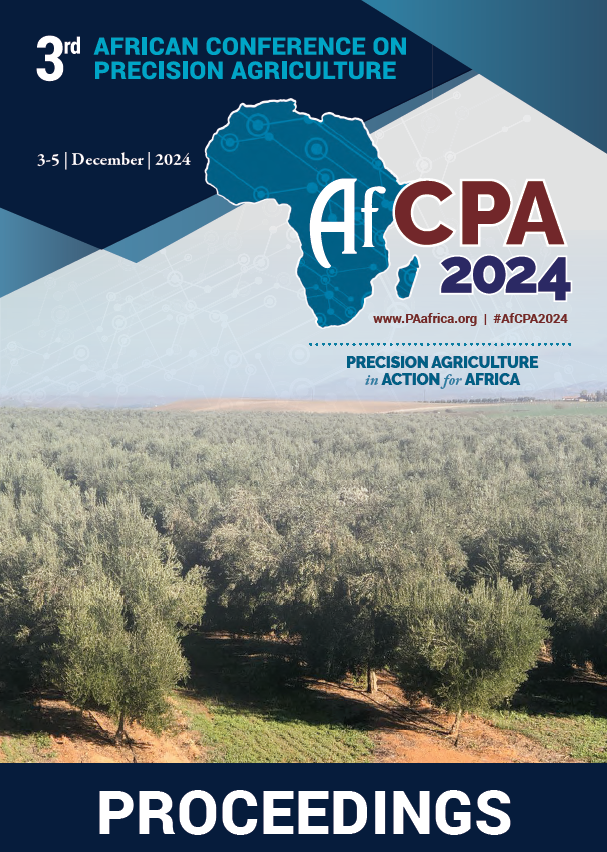Download the Conference Proceedings
Get your copy of the 2024 African Conference on Precision Agriculture Proceedings today! Download the PDF file and view all of the available proceedings.
Proceedings
Authors
| Filter results1 paper(s) found. |
|---|
1. REVISITING INLAND VALLEYS MANAGEMENT STANDARDS IN THE CONTEXT OF GLOBAL CHANGE IN WEST AFRICAConsidered as main alternative to the crisis of traditional production systems, inland valleys management pains more and more to fill expectations of West African’s farmers due to the inadequacy, in the current context of climate, agrarian and environmental change of the management standards applied to these ecosystems. One consequence of this inadequacy is the inefficient exploitation of the inland valleys with the results being the persistence of the food insecurity, environmental degradation... A. Tidjani, P. Tovihoudji |
